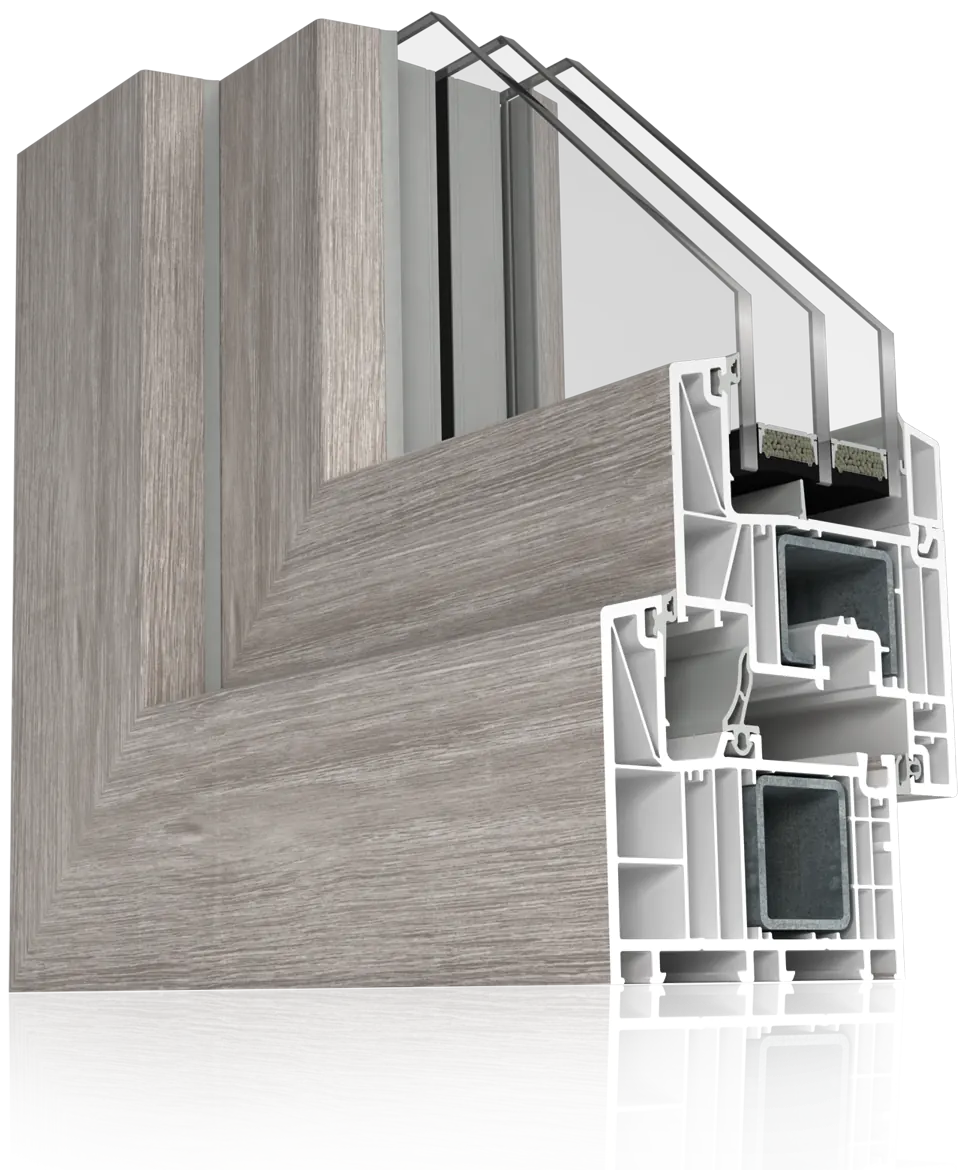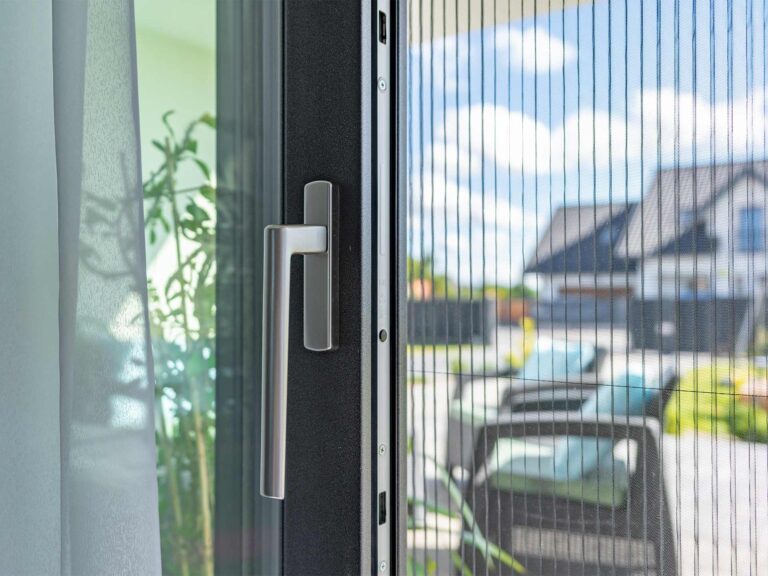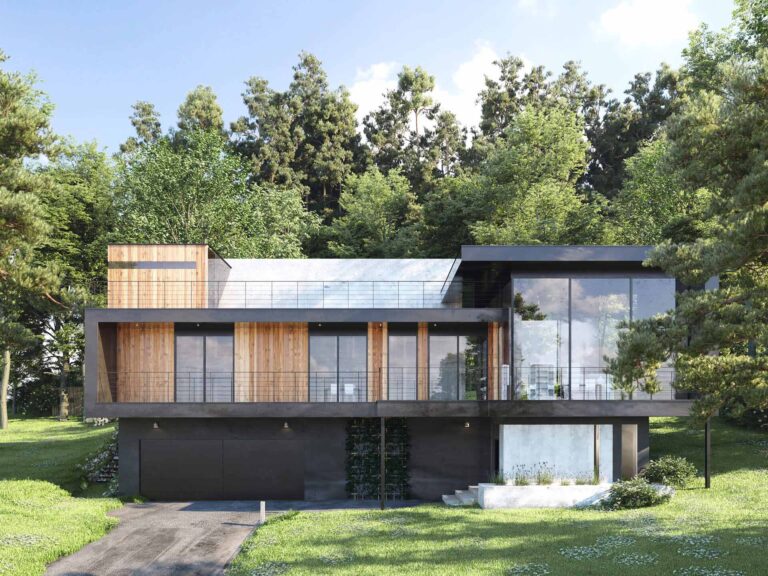Classes of window profiles – definition
Each PVC profile used by a window manufacturer must meet the requirements specified in the standards. The basic document defining the properties that a section should have is the PN-EN 12608: 2004 standard. Requirements for window profiles include, among others dimensions, corner strength and impact strength. In addition, the regulations also contain information on the class of window profiles. Depending on the thickness of the visible and invisible walls, the section can be classified as class A, B or C.
Differences between classes of window profiles
In order to qualify the PVC profile to the appropriate class, the thickness of the visible profile walls is checked. In the case of Class A, the value shall be at least 2.8 mm. In turn, in class B, this parameter must be slightly smaller – minimum 2.5 mm. Profiles that do not meet the above conditions are assigned to class C. The second value used for the classification of sections is the thickness of the invisible profile walls. For class A it is at least 2.5 mm, and for class B it is at least 2 mm. Products that do not comply with these conditions are assigned to class C.

Should the profile class be taken into account?
The class of window profiles is one of the dozen or so parameters – mentioned in the aforementioned standard – that are needed in order to obtain the appropriate quality of sections. Therefore, it should not be treated as a factor determining the high quality of PVC profiles. Sections classified as class B meet all the requirements necessary to create a fully valuable window joinery.
Are A-class windows the warmest?
Marketing materials sometimes contain information about the advantage of class A over class B in terms of thermal insulation. Differences between heat transfer coefficients Class A and B sections are negligible. The thermals of the profiles are mainly influenced by their depth, the number of chambers and the shape of the steel reinforcement used.
Profile class and resistance to wind load
A frequently repeated sales argument to show that class A exceeds class B is the greater stability of the profile. It is worth remembering that they are primarily responsible for the strength of the structure steel reinforcements the strength of which significantly exceeds that of PVC. The slight difference in the thickness of the invisible and visible walls of the sections does not mean that the woodwork made of A-class profiles can be described as stiffer.



